By Emily Gade
The lowest place on earth and an iconic tourist attraction, the Dead Sea has captivated the imagination of photographers, tourists and entrepreneurs alike. Dead Sea minerals and products make up almost 5% of Israel’s GDP and 4% percent of Jordan’s. Mud baths in the Dead Sea and experiences at nearby hotels and resorts top most Israel guidebooks’ must-do lists. Aestheticians swear by Dead Sea minerals, which are sold as cosmetics in high-end shops in Jerusalem or Tel Aviv, and Dead Sea salt for cooking is a sought-after commodity even in the United States.
The Dead Sea is intensely beautiful. Floating in its salty waters is a truly unique experience. Running along the salt brumes out into the water at sunrise is one of the coolest things I’ve ever done. You emerge back on land literally coated in salt from the wind, a light white film clinging to your every eyelash. Driving north, the striking blue of the water as the white salt bottom reflects the sky is a color I’ve only ever seen in the limestone-covered creek of the Little Colorado in the Grand Canyon.
But like everything, there is an underbelly to this place, one that can’t be seen until we pull back the veil. First, the damming of the Jordan River means that the Dead Sea’s once consistent water source is now no more than a trickle–over 420 billion gallons of water once flowed to the Dead Sea in the 1950s, while today, only 53 billion gallons do. This, coupled with factories using drying pans designed to evaporate water in order to mine minerals and salt for cosmetics and consumption mean that the Dead Sea’s level is dropping more than a meter per year. As the water receded and the former sea floor was exposed, sinkholes large enough to swallow a car have emerged, sometimes devouring portions of road and even in a few cases, people. The sea floor, unstable and hollow as salt deposits shift when fresh water seeps in, is prone to collapse. The hotels that used to be situated on the shore now find themselves far enough away that they have built train lines to take guests nearly a kilometer down to the water.
While environmentalists have worked hard against these trends, the Dead Sea continues to lower and at this point it seems only a matter of time before floating in the most salinized water on the planet may be a thing of the past. As I ran on the salt brumes, seeing the beauty alongside the desolation, I was reminded of how almost everything beautiful has an underbelly if we look for it. When I buy cheap clothes, I can presume they were made in a sweatshop, but because I do not want to imagine it and don’t know for sure, I often buy them anyway. Looking at the glitzy Dead Sea hotels and then driving around the corner to see the results of industrial factories draining the sea inch by inch each day reminds me to try, whenever possible, to pull back the veil at least a little bit, to think about the underbelly of the things I think are beautiful, or to at least endeavor to discover if there is one.
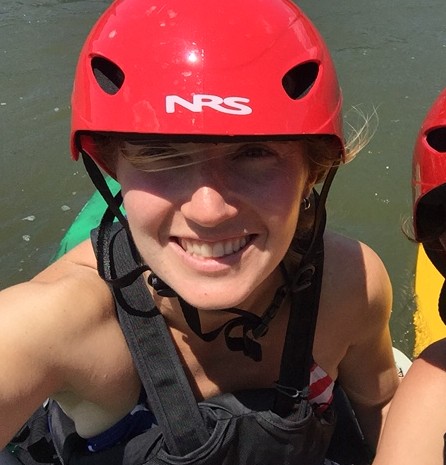 Emily Gade was awarded an Opportunity Grant to support the completion of her dissertation, which focuses on comparative cases of state use of force in conflicts where governments have used violence to quell growing unrest. She will be conducting an online survey of ZAKA and MDA (Magen David Adom) relief workers across Israel, giving generalizability to her qualitative interviews. Emily, who is this year’s Samuel and Althea Stroum Fellow, has already been awarded a position for next year: she received the Moore/Sloan Data Science and Washington Research Foundation in Data Science Post doctoral Fellowship in the Political Science Department at UW.
Emily Gade was awarded an Opportunity Grant to support the completion of her dissertation, which focuses on comparative cases of state use of force in conflicts where governments have used violence to quell growing unrest. She will be conducting an online survey of ZAKA and MDA (Magen David Adom) relief workers across Israel, giving generalizability to her qualitative interviews. Emily, who is this year’s Samuel and Althea Stroum Fellow, has already been awarded a position for next year: she received the Moore/Sloan Data Science and Washington Research Foundation in Data Science Post doctoral Fellowship in the Political Science Department at UW.
Links for Further Exploration
- Read more about applying for Opportunity Grants to fund study abroad.
- Read articles by former winners of Jewish Studies Opportunity Grants, who have traveled to Prague, Jordan, Israel, the Black Sea, and elsewhere.
- Emily Gade will present on “Effects on Violence on Civilian Support for Militancy,” a presentation as part of her Stroum Center Graduate Fellowship, on Thursday, May 11 from 12:00 pm- 1:30 pm. Click here to learn more and RSVP.


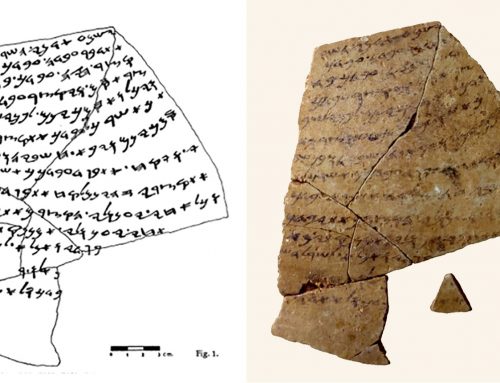


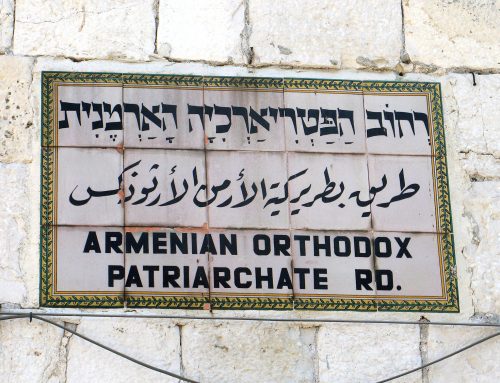
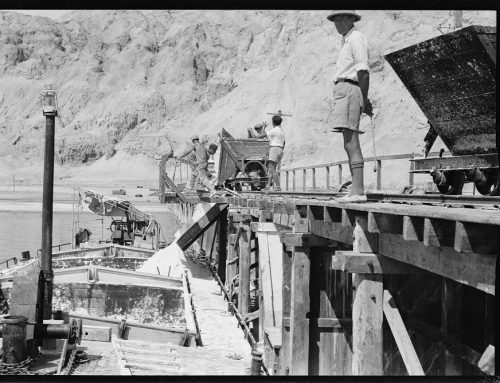
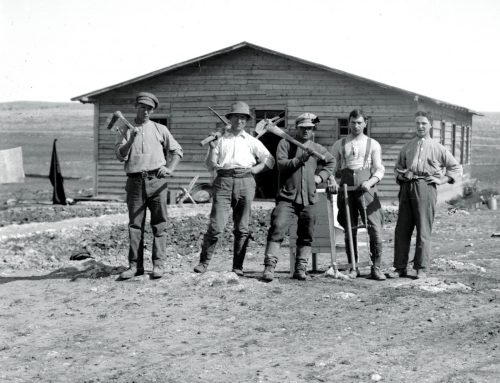
Leave A Comment